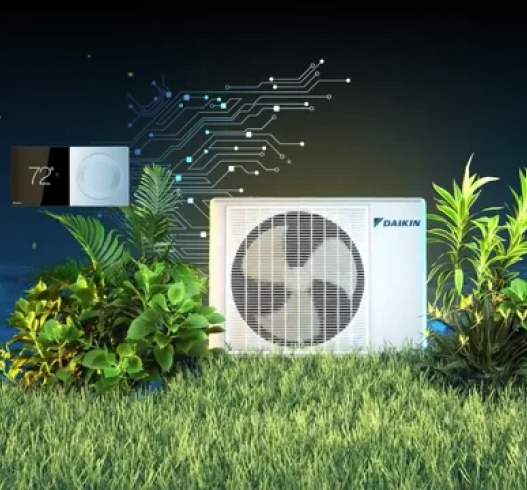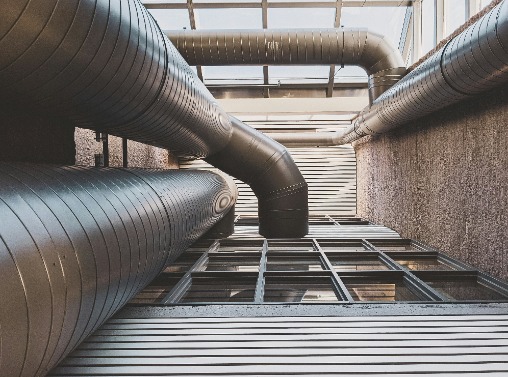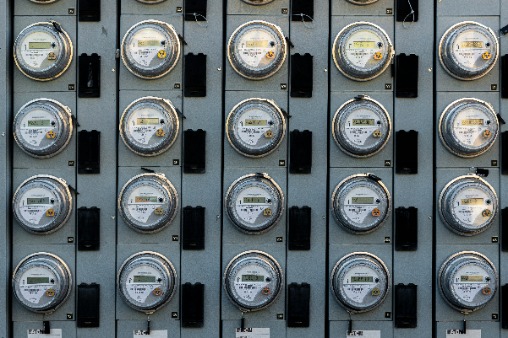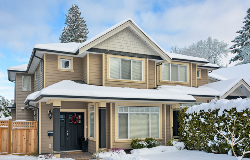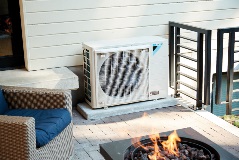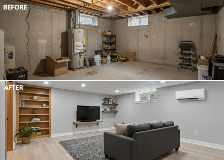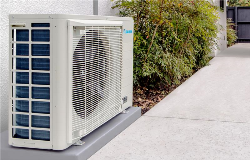What is a Residential HVAC Packaged Unit and How Does it Work?
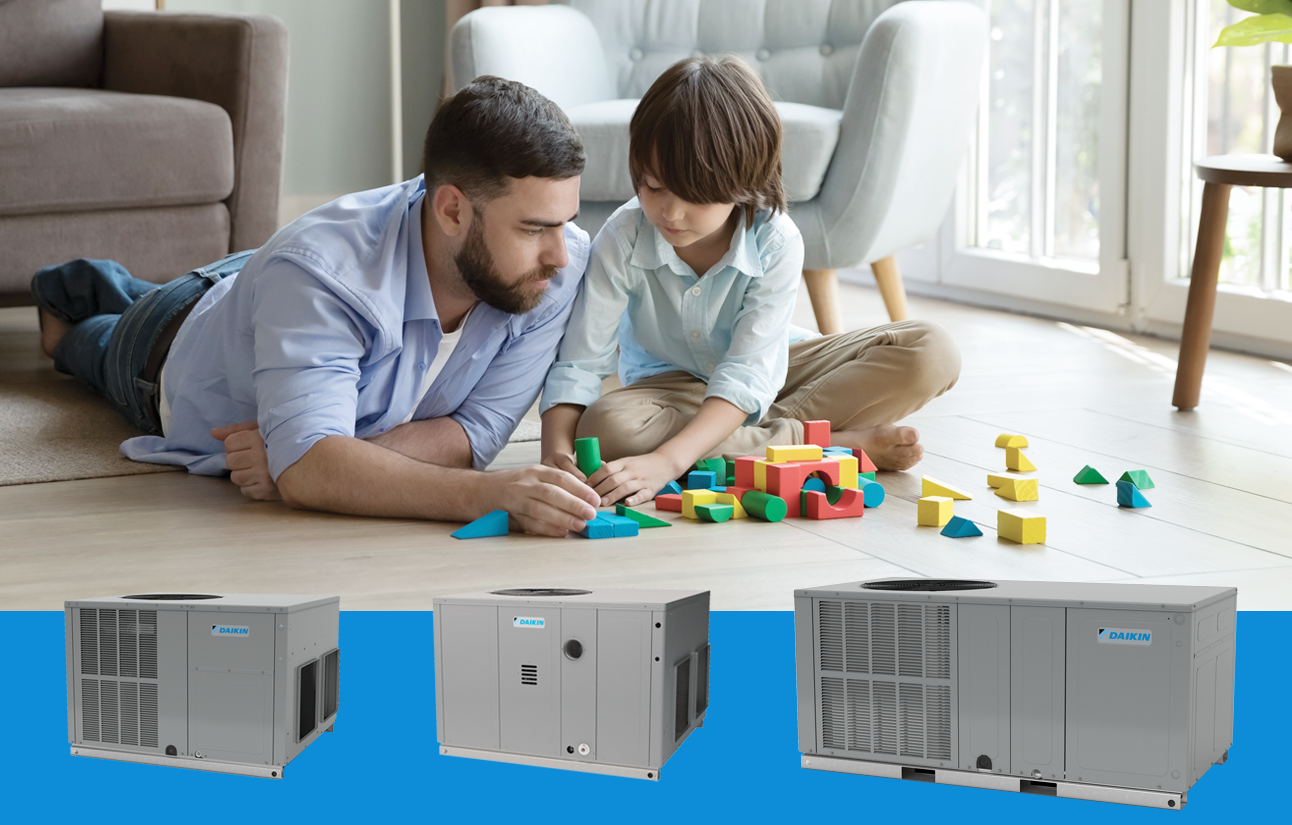
What is an HVAC packaged unit?
A packaged HVAC unit is an all-in-one system that provides heating and cooling from a single cabinet. Unlike split systems, which require indoor and outdoor main components, a packaged unit is housed entirely in one enclosure. These units can be installed on the ground, in a crawl space, or on a rooftop, freeing up valuable indoor space for other uses.
With a packaged system, you maintain your square footage, allowing you to make room for what matters most.
Types of HVAC Packaged Units
Packaged units come in several configurations to meet different heating and cooling needs:
• Packaged Air Conditioners – This system houses the compressor, coils, and air handler in a single cabinet. Some models also include electric strip heating for limited warmth.
• Packaged Heat Pumps– Utilizing heat pump technology, this system efficiently heats and cools your home year-round.
• Packaged Gas-Electric Units – A combination of an air conditioner and a gas-powered furnace, offering reliable cooling and powerful heating.
• Packaged Dual-Fuel Systems – This hybrid system includes a heat pump and a gas furnace, automatically switching between the two to optimize energy efficiency based on outdoor conditions.
How Does Each Packaged Unit Work?
The operation of a packaged system depends on its specific components, but in general, these units heat and cool your home just like their stand-alone counterparts.
Air Condition Component
•Using electricity as its power source, the system’s internal components cycle refrigerant to facilitate cooling.
•A fan pulls warm indoor air into the system, passing it over the cold evaporator coil, where it is cooled and dehumidified.
•The conditioned air is then pushed through the ductwork, distributing cool air throughout your home.
Heating Component
•Packaged Air Conditioners – In addition to cooling, these units can provide limited heat using electric heat strips. As air passes over the heated strips, it warms up and is then circulated through the ducts. This type of heating is ideal for warmer climates where heating is needed only occasionally.
•Packaged Heat Pumps – These systems reverse the standard refrigeration cycle to transfer heat indoors. The refrigerant absorbs heat from the outdoor air, warming the indoor coils. As air moves over the coils, it heats up and is then distributed through the ductwork.
•Packaged Gas-Electric Units – This system includes a gas furnace for heating. When needed, natural gas or propane is burned inside the heat exchanger, generating heat. A blower then pushes air over the heated exchanger, distributing warm air through the ducts.
•Packaged Dual-Fuel Systems – Combining a heat pump and a gas furnace, this system intelligently switches between the two heating sources based on efficiency and outdoor temperatures. In milder conditions, the heat pump provides warmth, but when temperatures drop further, the gas furnace takes over for consistent, reliable heating.
By integrating heating and cooling into a single unit, packaged HVAC systems offer a convenient and space-saving solution tailored to different climate needs.
In this article
Connect on Social Media
 Follow on Facebook
Follow on Facebook
 Follow on YouTube
Follow on YouTube
 Follow on Instagram
Follow on Instagram
 Follow on X
Follow on X
 Follow on TikTok
Follow on TikTok
 Follow on Pinterest
Follow on Pinterest

Looking for help now?
Enter your zip code to search for Daikin Contractors in your area.
Learn More
Learning Center Content
Stay informed about home comfort technology, when to upgrade, energy efficiency, and reducing your energy bills.




